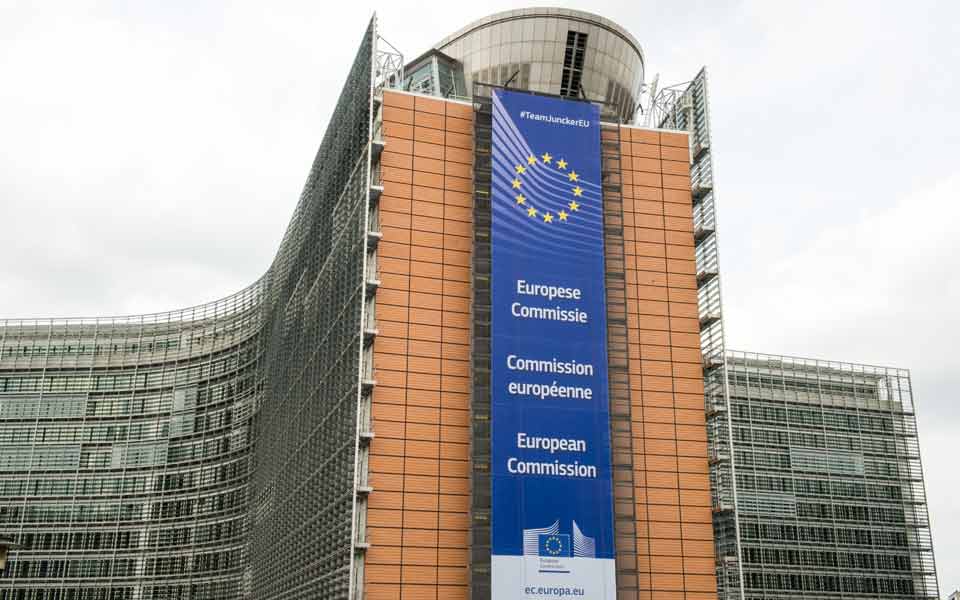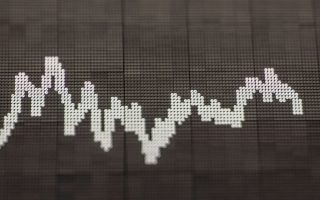DSA sees huge surpluses, low growth

Greece must achieve high primary surpluses for an exceptionally long period while producing a low growth rate of 1 percent in the long term, according to the baseline scenarios recorded in the Greek debt sustainability analysis (DSA) the European Commission published on Monday.
“There is uncertainty over the capacity of the Greek government to maintain high primary surpluses for several decades,” notes the analysis by Brussels, citing this as the main risk factor in its scenario.
The publication of the DSA coincided with International Monetary Fund experts holding their first contacts in Athens for the Fund to draft its Article IV report that will include its own DSA.
The Commission’s report considers Greece’s debt to be sustainable following the measures decided by the Eurogroup last Friday, although in the adverse scenario the debt ceases to be sustainable in 2036. IMF Managing Director Christine Lagarde said after the Eurogroup meeting that the Fund will consider the debt sustainable in the medium term, but retains its reservations for the long term.
In the last few days many analysts have highlighted the risk of Greece not managing to meet those high primary surplus targets, adding that never before has a country managed to achieve such a performance for such a long period. The Eurogroup decision provides for a primary surplus of 3.5 percent of GDP up to 2022, a decline to 3 percent in 2023, to 2.5 percent in 2024, and to an average rate of 2.2 percent from 2025 to 2060.
The risk factors identified by the Commission are the aging population and productivity. Therefore in the adverse scenario the DSA concludes that “the long-term measures agreed by the Eurogroup will have a positive contribution in debt sustainability for some time, but only secure that the financing needs will remain below the limits agreed up to 2036.” The debt sustainability limit is that the financing needs do not exceed 15 percent of GDP in the medium term and 20 percent in the long term.
Growth in the long run will remain at a slow 1 percent after 2022, instead of the 1.25 percent that Brussels had projected three months ago, thereby aligning itself with the forecasts of the IMF.





